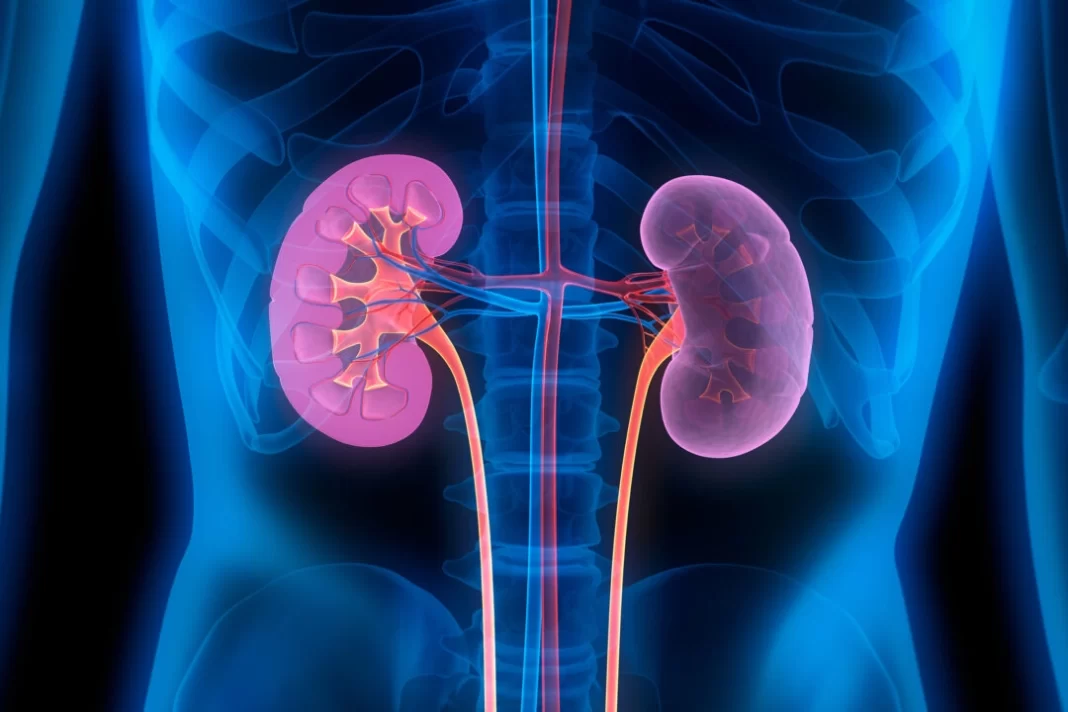Doctors share methods of how to alleviate the symptom and to improve the body’s immunity.
Since May, a fast-growing lineage of the virus that causes COVID-19, NB.1.8.1, has been dominating in China, spreading to adjacent countries along with an increase in hospitalizations and emergency room admissions.
The variant has also spread to the United States, though case numbers are low.
The Centers for Disease Control and Prevention previously told The Epoch Times that NB.1.8.1 has fewer than 20 sequences in baseline surveillance, which is too few to be included in the agency’s COVID variant dashboard. The dashboard only shows variants with at least 300 sequences.
Currently, the dominant variant in the United States is LP.8.1. However, early research suggests that NB.1.8.1 may be more transmissible than LP.8.1.
One notable, distinctive symptom of the new variant is sore throat. Doctors share methods of how to alleviate the symptom and to improve the body’s immunity.
What to Know About NB.1.8.1
NB.1.8.1 is more immune evasive and better at interacting with ACE2 proteins—a protein in the human body that the coronavirus binds to cause infections—compared with LP.8.1.1, an LP.8.1 subvariant, according to a preprint study published in April by Chinese researchers.
NB.1.8.1’s stronger immune evasion suggests that people who have gotten previous infections or vaccinations may still be susceptible to infections.
Authors concluded that, compared with other current variants, NB.1.8.1’s additional mutations give it the “potential for future dominance.”
While the virulence of the disease is still unknown, the World Health Organization said that NB.1.8.1 does not cause more severe disease than other variants.
Currently, the most distinctive symptom of NB.1.8.1 compared with other variants is the sore throat, according to news reports from China. Chinese citizens online have described the symptom as feeling like a “razor-blade throat.”
Dr. Joseph Varon, professor of medicine at the University of Houston, said that he has seen a rise in acute COVID infections as people come out of spring break, though most of the acute patients recover a few days after treatment.
Dr. Keith Berkowitz, internal physician at Centers for Balanced Health in New York, has also noticed an increase in acute infections.
By Marina Zhang







